Whether your reasons are aesthetic, professional, social or otherwise – having a tattoo removed is your personal choice. And thanks to advances in technology, you have plenty of options when it comes to getting rid of it.
These days, tattoos are mainstream in society and they are far more prevalent across a wider demographic than ever before. Largely due to the rise of tattoos in popular culture, there’s no longer the same stigma attached to them as there once was.
Whereas a tattoo would once single you out as a criminal or mark you as a gang member, in 2021, our favourite celebrities, musicians, football players and influencers are all sporting elaborate and beautifully designed ink. Being heavily tattooed is practically a prerequisite to becoming a rapper, we’re sure.

And the rise of social media has helped the trend explode in recent years too – people now have unprecedented and unlimited access to tattoo inspiration from all around the world at their fingertips. It’s almost impossible not to be influenced in getting a new tattoo in one way or another.
Instead of a sneaky piece of ink hidden beneath your clothes, placed on a discreet part of your body, tattoos are now displayed proudly as an expression of identity. Just as your hairstyle and fashion choices are a representation of who you are – so are your tattoos and the story they tell.
In fact, it can now be harder to find someone without a tattoo. For people aged 20-35, those without ink are more likely to be the odd one out – especially in Australia.
Aussies are the most tattooed nation in the world after New Zealand, followed closely by the USA. Over the last couple of years, tattoos have reached an all-time high, with 1 in 5 Aussies having at least one tattoo.
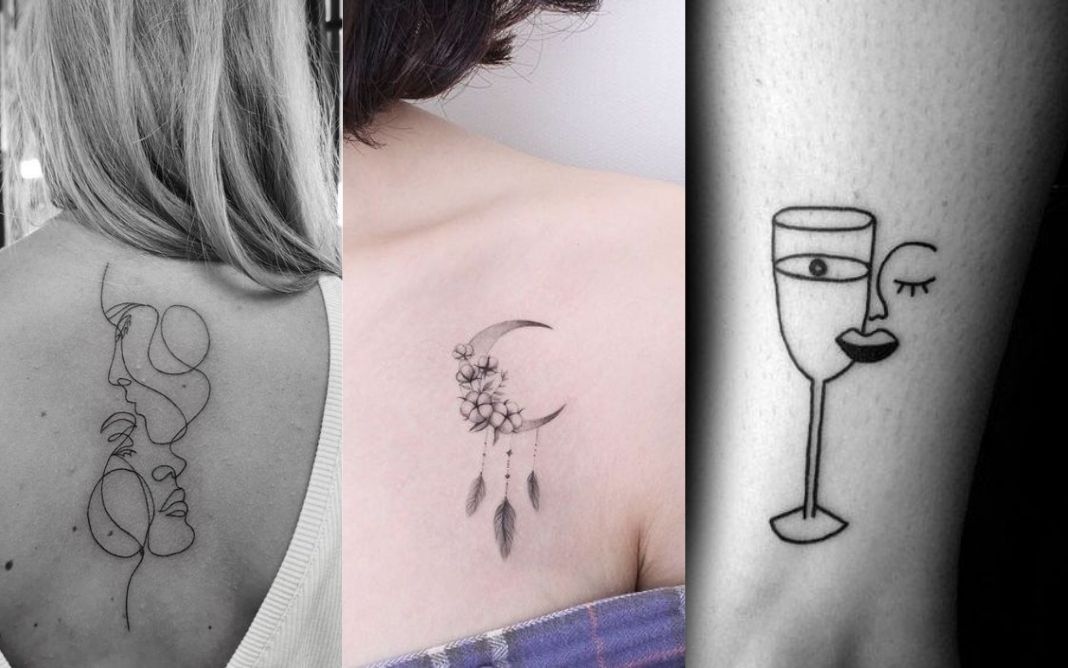
Tattoo Trends
It is common for people to get a tattoo that symbolises a memory or a defining moment. Perhaps it’s to memorialise a loved one who has passed, or an inspirational quote or favourite line of poetry that has special significance. Of course, people also get tattooed for purely aesthetic reasons and tattoos have become much more of an artform lately.
But like anything, trends come and go. What looked cool and hip years ago, mightn’t carry the same appeal today.
Who can forget when tattooing our name in Japanese characters was the epitome of cool? Of those 1 in 5 Aussies with ink – 34% regret the decision or are considering getting it removed, and the demand for tattoo removal services has surged by 440% in the past decade.
So, with more and more people getting inked than ever before, more tattoos equals more tattoo regret, and the demand for tattoo removal has skyrocketed over the past decade. If you’re in this category and looking for ways to remove a piece of unwanted body art, help is at hand.
Keep reading to learn everything you need to know about tattoo removal in 2021

Why do people get their tattoos removed?
The reason people choose to get their tattoo removed are as varied as the reasons they got them in the first place. Perhaps the tattoo simply hasn’t aged well, or you have outgrown the style, or the tattoo has lost its significance to you at this point in your life.
Maybe you got it on a whim with your best girlfriend at a drunken hen’s night in Bali, only to later discover the cute Arabic writing you chose actually means bread instead of friendship. Or perhaps you are starting a new corporate job the peace sign behind your ear just doesn’t scream professional.
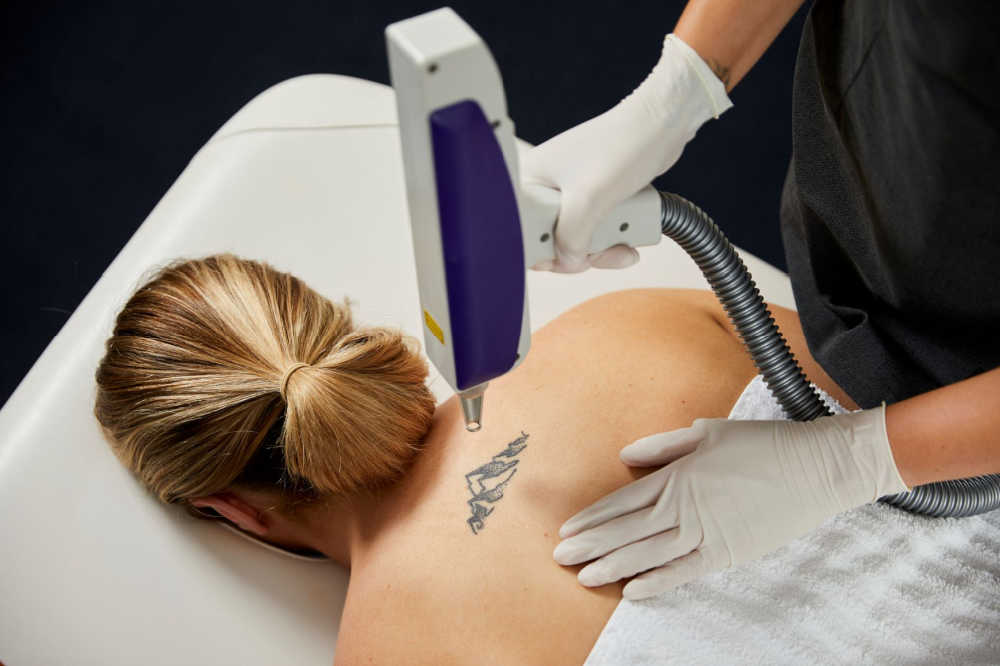
How to get a tattoo removed?
Some tattoo parlours, recognising the trend, offer tattoo removal on site. Alternatively, dermatologists, skin clinics and tattoo removal clinics often offer tattoo removal services.
Practitioners who offer tattoo removal will have undergone training into skin physiology, laser safety and a tattoo removal course and will therefore be able answer your questions in regards to removing a tattoo you no longer want.
According to salon supplier, The Global Beauty Group, Q-switched Nd:Yag lasers have emerged as the most widely used device for tattoo removal due to their effectiveness. The Q-Switched Nd:YAG laser works by producing short, nano second long pulses of powerful energy that is directed toward the skin.
Attracted to the colours found in the tattoo, the beam of energy strikes it, shattering the ink into fine particles. These are then processed out through the body’s own natural filtration process, otherwise known as the lymphatic system.
Q-switched lasers are able to safely treat the ink particles within a tattoo without damaging the surrounding tissue, whilst different wavelengths allow for treating a wide variety of inks, encompassing the full colour spectrum.
Tattoo removal lasers differ from hair removal lasers, and although both release light that is absorbed by melanin, the pulse emitted by lasers that are made to specifically target and reduce hair growth is significantly longer than the pulse length used for tattoo removal.
They are not designed to break down the ink pigment present in tattoos and if used on a tattoo can cause burning and even potential scarring.
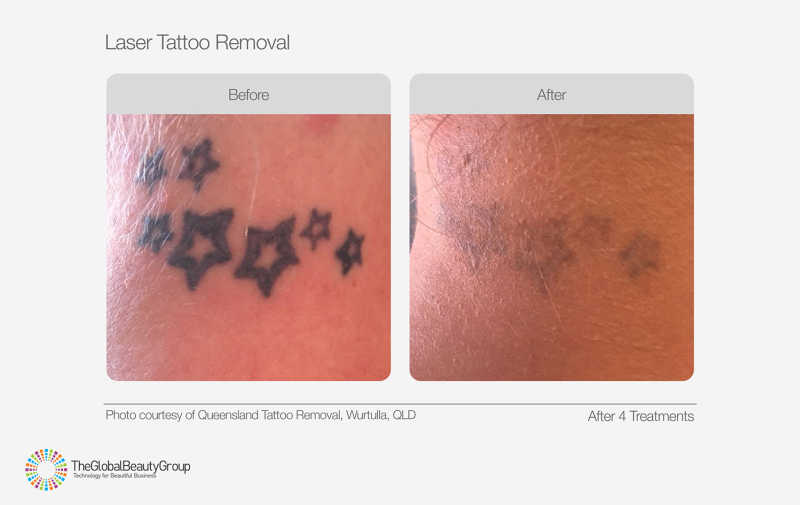
Does tattoo removal hurt?
In terms of barriers, for those concerned about the cost or pain, current tattoo removal lasers are far less invasive than they used to be and much more effective also. A lot of people also decide to fade a tattoo to the point where it can then be covered up with a new tattoo and this will require less sessions.
Almost all clinics will offer package discounts if you buy the sessions together in bulk so you can save some money instead of buying each individual session separately.
Unfortunately, the process is not pain-free and some patients may experience some discomfort however this can be minimised with the application of topical anaesthesia or ice to the area. A cold compress afterwards will relieve any itching or discomfort, aloe vera is also very effective – your clinician will provide you with comprehensive aftercare instructions (including avoiding hot showers and exercise for 48 hours).
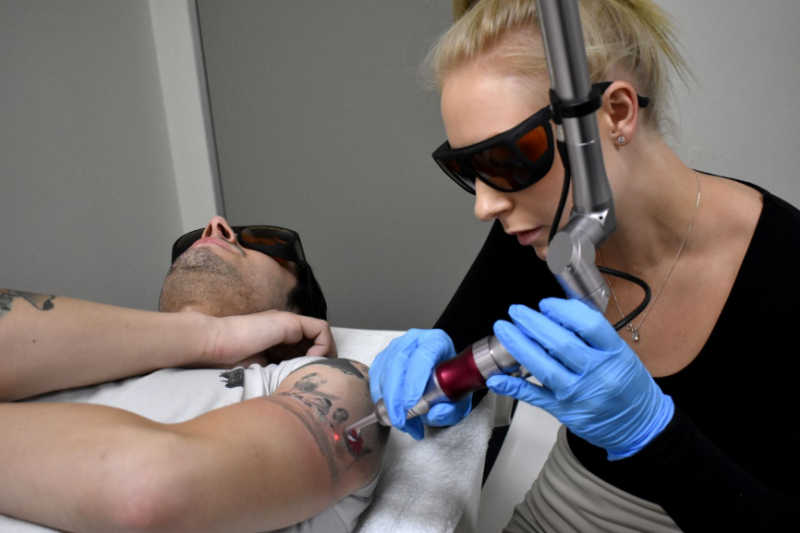
What is involved in tattoo removal?
Most tattoos will require 6-12 treatments to remove entirely, depending on the type, depth, colour and quality. Gaps of 6-8 weeks between treatments are generally recommended to allow the area time to heal properly. Cost varies depending on the size of the tattoo, but generally starts at between $99-150 for a 2x2cm area.
Thanks to the widespread availability of tattoo removal services, what was once a permanent fixture on your body can now be removed at some point in the future, should you so choose. Interested in learning more about tattoo removal? Call The Global Beauty Group on 1300 006 607 to find a treatment specialist in your area.

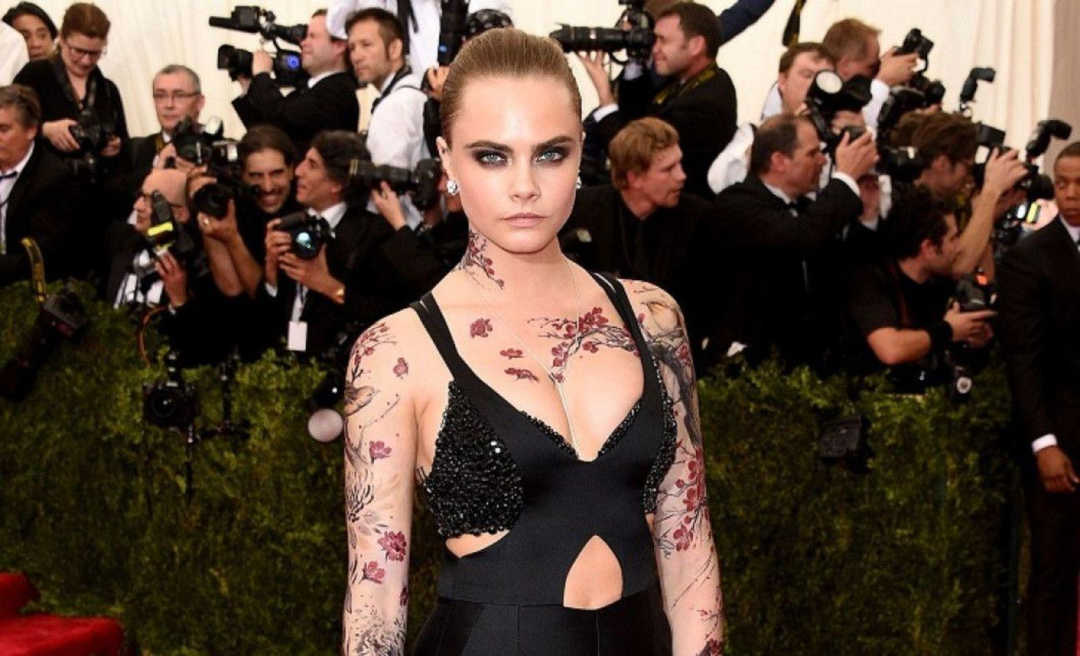
No Comments